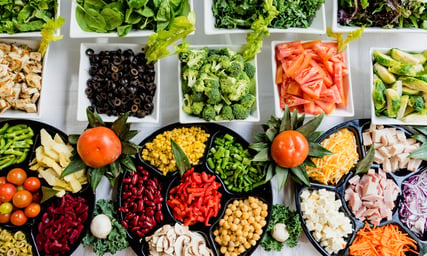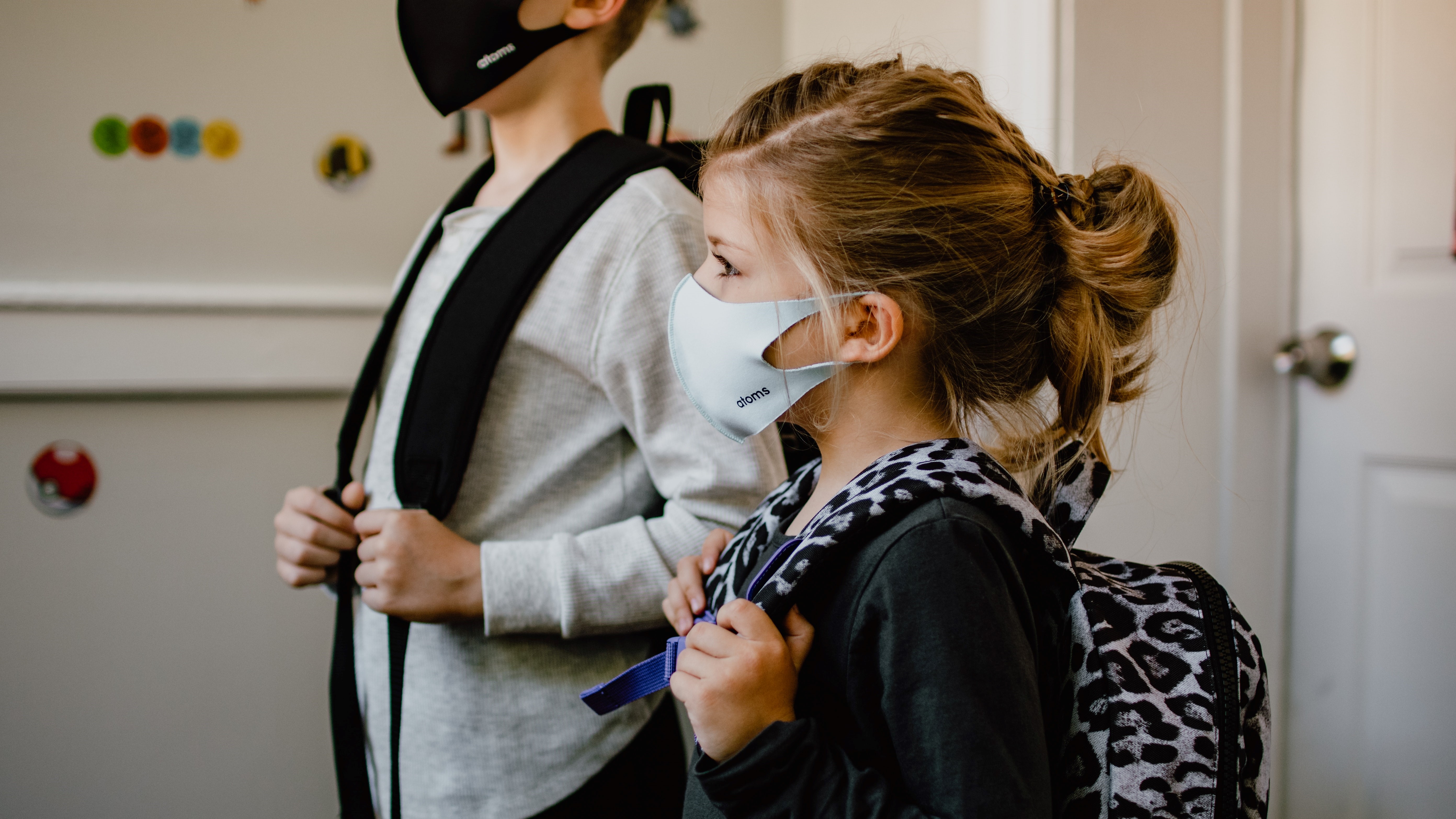During the COVID-19 crisis, food security has been top of mind for everyone. Seniors, people who are immunocompromised, and neighbours everywhere are self-isolating on very short notice; workers – particularly those with already precarious positions – are being laid off; and food banks across the country are seeing stocks dwindle as people panic-purchase.
Cities Reducing Poverty members are responding to food security needs in many ways (find a list of the different ways roundtables are helping here). For example, Sault Ste. Marie’s Poverty Roundtable was particularly well-prepared to support the community due to their recent opening of United Way Sault Ste. Marie & Algoma District’s Harvest Algoma Food Resource Centre.
Read more about Harvest Algoma and its normal food security operations in our earlier post.
As a large warehouse, United Way’s Harvest Algoma allows food – particularly produce – to be rescued from farmers and restaurants locally and as far away as Toronto. It was created to address food security issues as part of Sault Ste. Marie’s local Poverty Reduction Strategy (2016) and was launched in 2018.

During the COVID-19 pandemic, with so many people in-need and thousands of restaurants with pre-ordered food closing down, they have been able to rescue 348,200 pounds of fresh produce for the community. This is twice the amount collected over the course of Harvest Algoma’s first year in operation; 162,000 pounds more than the already astounding amount of food they rescue for community food banks, shelters and social service agencies on a regular basis.
Did you hear of dairy farmers disposing their fresh milk that was going bad? Sault Ste. Marie was able to save much of the milk surplus in their region and even distributed ice cream, yogurt, and other dairy products to children through a partnership with Algoma Family Services’ weekly Student Nutrition Program home delivery service.
The warehouse – secured through a long-term lease arrangement – has allowed them enough space to save and get food to organizations and residents in-need through a variety of means. Some deliveries come right off the truck and into the waiting hands of non-profits; industrial refrigeration enables them to store fresh produce for longer periods of time – allowing them to get nutritious food to vulnerable people; and the commercial kitchen on-site provides the means for them to prepare the food for ready consumption or storing. During COVID-19, four chefs who are out of work have been able to volunteer their time, coming to the kitchen and having fun preparing meals out of the donated food.
A similar distribution model is being useful during the COVID-19 response throughout New Brunswick, with the province’s food depot. The depot is available to food banks and food programs across the province. Regularly, many organizations do their own grocery shopping, running multiple trips and paying flyer prices for supplies. However, with the added pressure that COVID-19 demand has put on the food system, they are seeing how effective the depot’s collective purchasing power can be at procuring low-cost bulk food and receiving it all in one order.
As of now, United Way Sault Ste. Marie & Algoma District’s Harvest Algoma is relying on donated and rescued food, though, the United Way has plans to build greenhouses, plant communal gardens this spring, and start producing their own food more sustainably.
Food is one of the most basic needs we have as human beings and communities everywhere have mobilized quickly so that residents do not go hungry.
What has COVID-19 revealed about your community’s food system? Share in the comments section below, what aspects have effectively supported residents and your innovative projects or ideas for improving the food local system.
Take Your Learning Further





